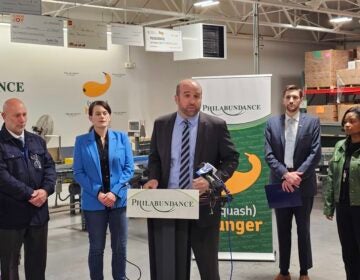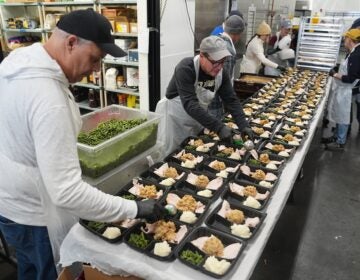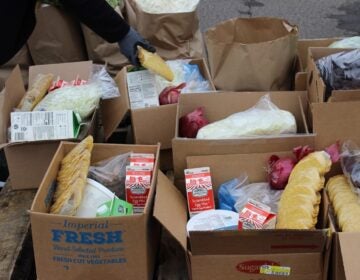Summer EBT program expands food assistance to students across the Delaware Valley
“The people we serve talk about having more month than money,” said Philabundance CEO, as USDA moves to make summer EBT program a permanent fixture.
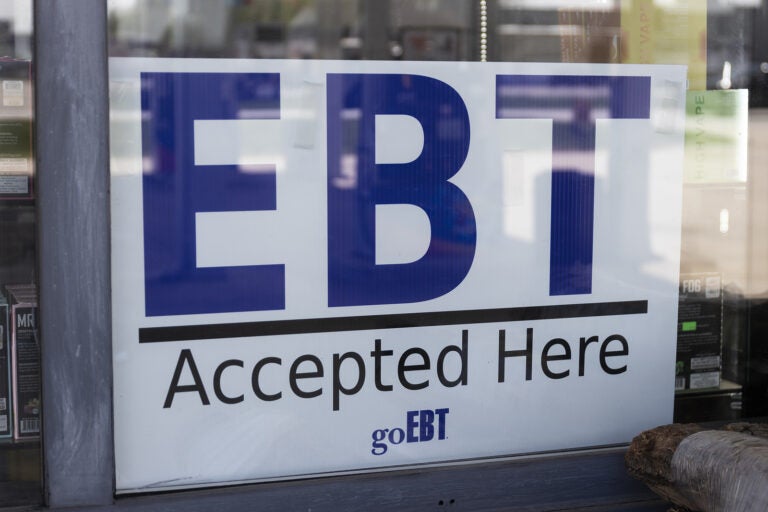
(Jonathan Weiss/BigStock)
From Philly and the Pa. suburbs to South Jersey and Delaware, what would you like WHYY News to cover? Let us know!
Pennsylvania, Delaware, and New Jersey have joined the Summer EBT Program, a permanent initiative to decrease food insecurity among students and families during the summer months.
According to a press release, it will provide $120 per eligible child for the summer or $40 per month for June, July and August.
Children 6-17 who are income-eligible will qualify, and most will be automatically enrolled. Children younger than eight and older than 18 must be enrolled in a school that participates in the National School Lunch Program (NSLP). The program’s not new; the USDA has run pilot versions since 2011. However, after it expanded to great success during the pandemic, the department decided to make the program permanent nationwide.
Dr. Val Arkoosh, secretary at the Pennsylvania Department of Health and Human Services, said the office has been focused to address food insecurity during weekends, winter and summer. Arkoosh expressed gratitude for Gov. Josh Shapiro’s support of the new program.
“It has long been recognized that children really benefit from the meals that they get at school and that for many children, weekends, any holiday vacations and certainly the summer break can really add to any existing food insecurity in the household,” she said.
“This summer EBT program will be another tool in our toolbox to help reduce that food insecurity over those very long summer months when even the most well-intentioned volunteer organizations often struggle to have enough resources to provide assistance for that entire summer vacation.”
The USDA found that one in six children who eat free and reduce price meals during the school year actually participate in USDA summer meals programs.
“Successful implementation of Summer EBT and and all of our summer nutrition programs really require strong collaboration among schools. Advocacy groups Community organizations and retailers and more,” said Diana Limbacher, Deputy Regional Administrator for The USDA Food and Nutrition Service Mid-Atlantic Region.
“This program presents an unprecedented opportunity to reduce childhood hunger during the summer months.”
Limbacher said the program is also good for the local economies and businesses.
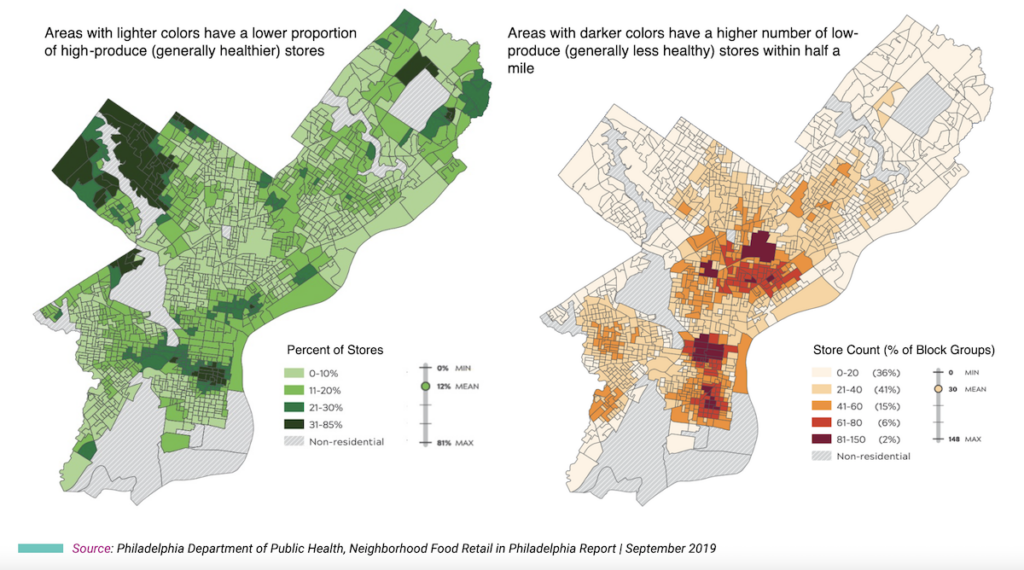
Food insecurity is one of the most pressing issues that impact a child’s quality of life, experts say.
“[It’s] not just about not being physically hungry. It is about not having consistent access to affordable, nutritionally sound food so folks can live a full life,” said Natalie Shaak, with the Center for Hunger-Free Communities at Drexel University.
Other iterations of food insecurity include eating highly processed and fast food, forgoing medical care to pay for food, or buying food at high-priced corner stores. Shaak said the issue is compounded by a lack of transportation or the types of foods available in certain neighborhoods.
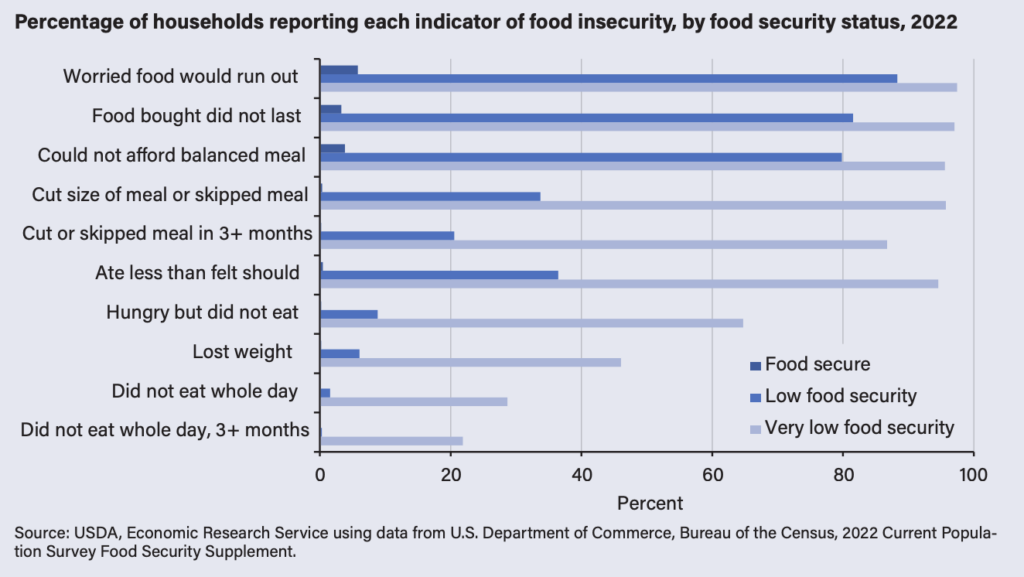
Feeding America‘s tally of food insecurity rates of the region are as follows:
- Pennsylvania: 10.9%
- Delaware: 12.6%
- New Jersey: 8.7%
In Philadelphia, one in four children are food insecure, said Loree D. Jones Brown, chief executive officer at Philabundance. The nonprofit helps expand food access through its food bank, provides hunger relief, and leverages a community kitchen for workforce development.
Jones Brown said the goal is to pull all levers to improve access to healthy food, such as fresh vegetables and fruits.
“The people we serve talk about having more month than money,” she said.
While the permanent federal program may be helpful, it likely won’t completely fill the void, said Shaak. If an eligible child is given just $40 per month during the summer, that is just $2 per day.
“Oftentimes, the funding falls short in addressing family needs,” Shaak said. “Programs like TANF and SNAP have not increased benefit amounts to keep up with rising costs of living over the years, so their value continues to go down as [a] families’ need increase.”
In the years since the pandemic first began, food insecurity has steadily increased, according to a USDA report. Looking closer, the years where food insecurity ticked upward also lined up with the end of pandemic-era funding and programs.
“Well, guess what happened in 2022? Inflation,” Jones Brown said.
More people began to request help from food banks around the region, including Philabundance. The nonprofit has seen waves of people, particularly during the weekends, winter and summer.
“We can provide support [for] about 135,000 of them. So we’re not reaching everybody. We definitely need more and more help,” Jones Brown said, adding that Philabundance also aids people in Southeastern Pennsylvania and Southern New Jersey each week.
Families in Pennsylvania can check their eligibility:
- Online through the Pennsylvania DHS COMPASS website
- Free myCOMPASS PA app
- With their local County Assistance office, by calling or visiting their offices.
Families in New Jersey can check their eligibility online.
The United Way of Pennsylvania compiled a list of food banks in Philadelphia.
However, some families may need to apply when the application portal opens in the next few months.
Families can buy food at grocery stores, farmers’ markets and other food retailers that accept SNAP benefits.
Jones Brown said that this program’s key is that these benefits are distributed via a debit card where families can buy healthy food they like.
“We love that because it provides families with the opportunity to make healthy choices for their kids. Research tells us that when people have the opportunity they have access and choice,” she said.

Get daily updates from WHYY News!
WHYY is your source for fact-based, in-depth journalism and information. As a nonprofit organization, we rely on financial support from readers like you. Please give today.


